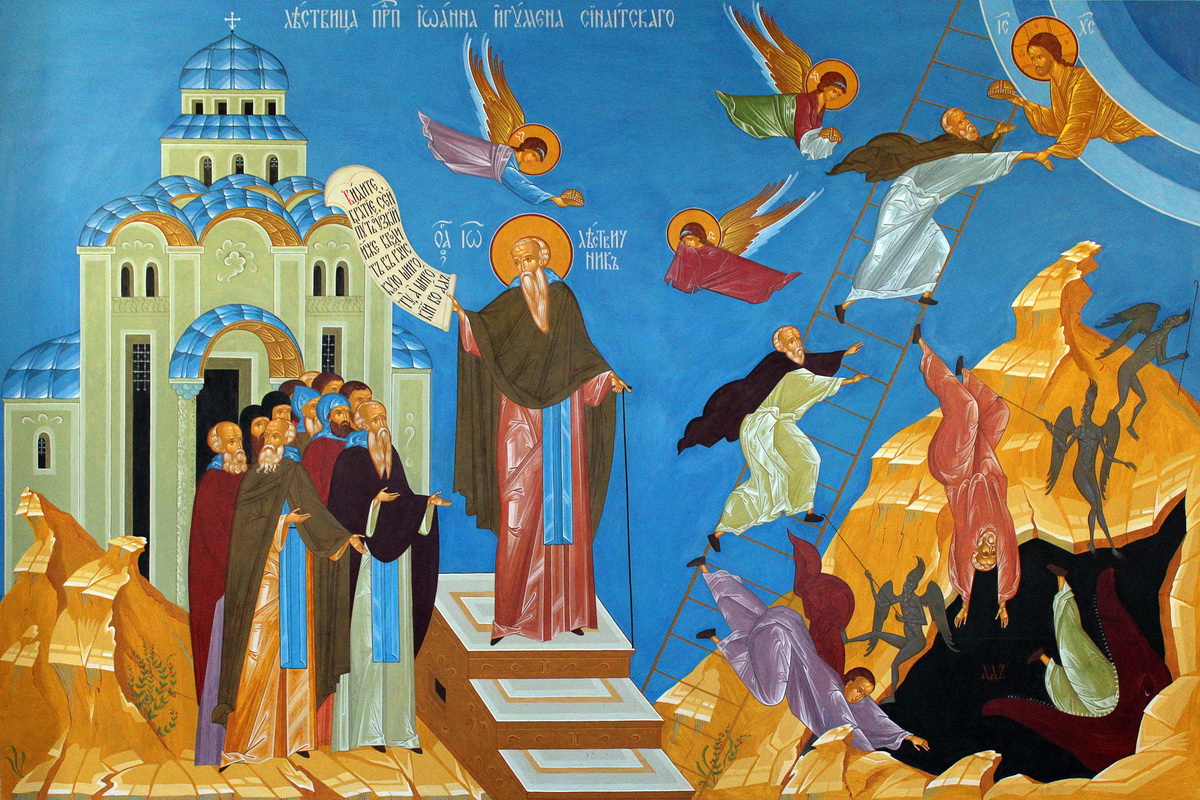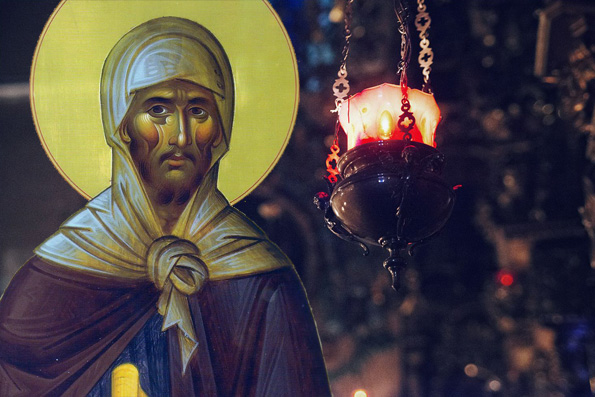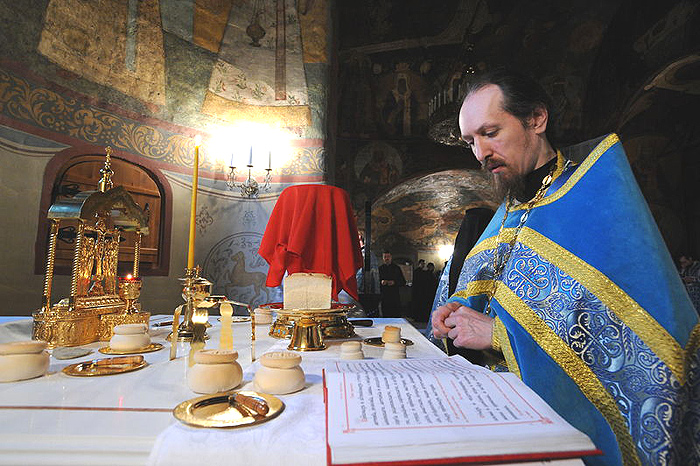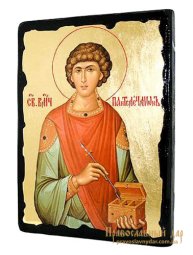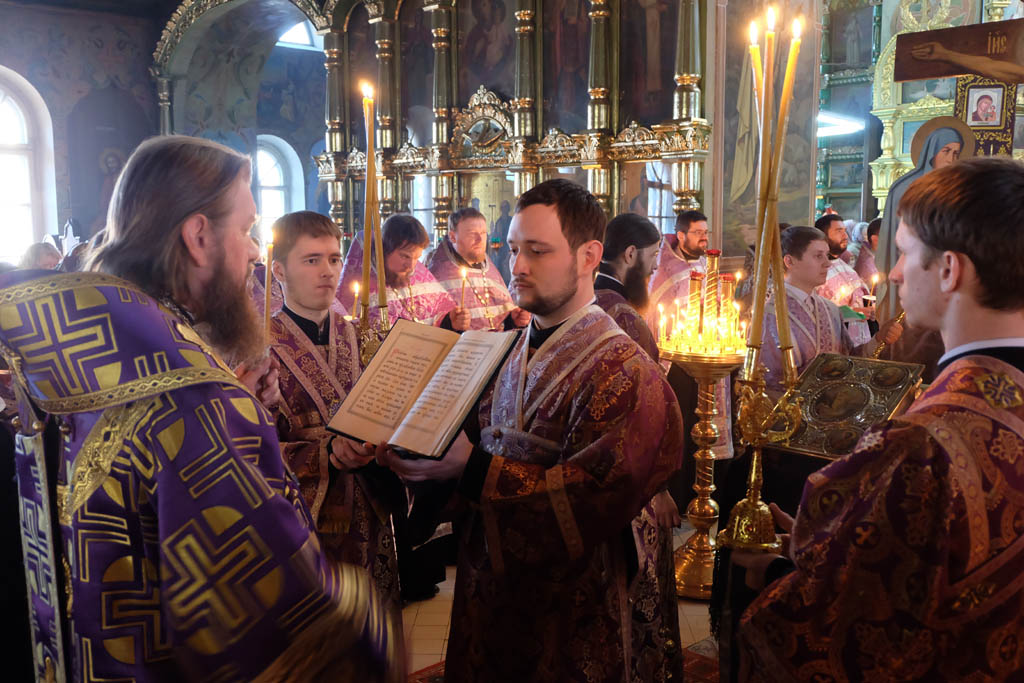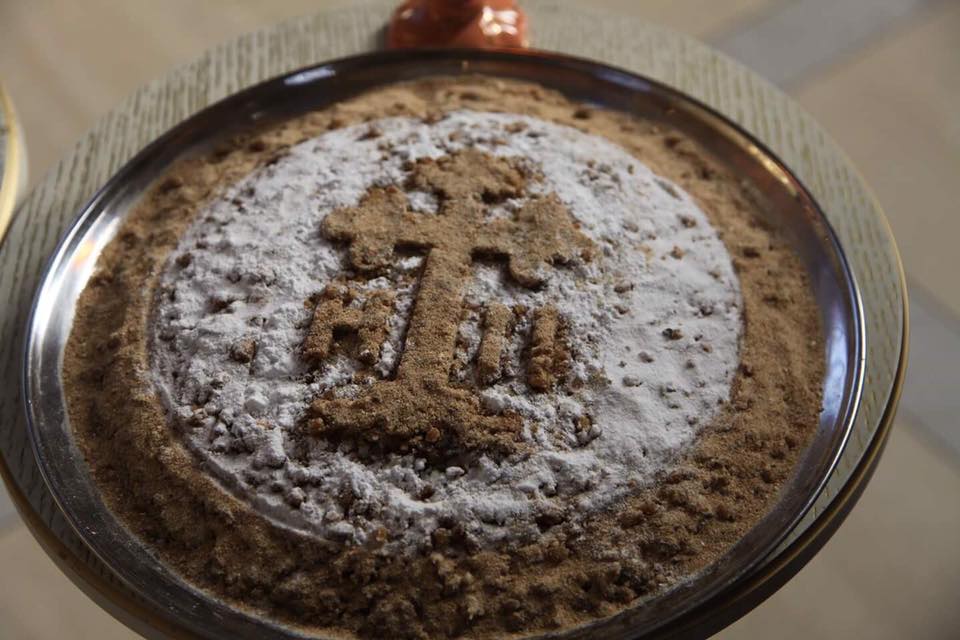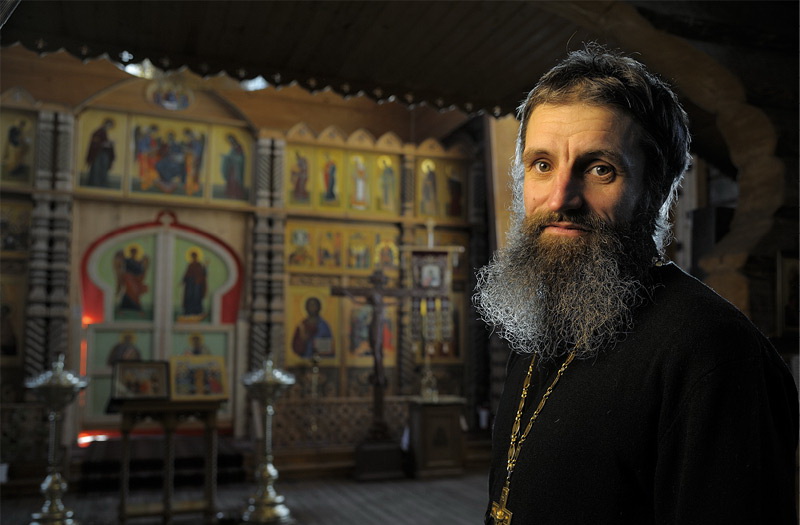News
In the flow of days of our lives, an increasing number of people begin to understand all the bustle and the external character of the surrounding pursuit of money and fame, and therefore strive to develop spiritually. To do this, they go deep into the knowledge of the art of yoga, study the Taoist practices, some even go to India or Tibet. Unfortunately, very few people now know that the ancient tradition of spiritual perfection and asceticism exists in the Orthodox Church. Moreover, there is a detailed guide, which describes all the stages of a person's inner growth.
During the Great Lent in all the churches, one of the oldest penitential prayers, written by St. Ephraim the Syrian (Syriac) in the distant 4th century, has been read many times during the service, but has not lost its relevance to our time.
In the span of flying days and weeks, less time is left to abandon the information sea, to be alone in the pier of silence and think. Sit down and think about where we are flying, burning the fuel of days, in this race of life. What is the destination? Dozens of motivating articles urge us to correctly prioritize. This should bring success, prosperity and, ultimately, the happiness that everyone so wants. What is included in this happiness? Personal apartments, volume capital or thousands of likes in social networks? Having received all this, will there be a long awaited catharsis and peace?
In the second part of this article, we will talk about the liturgical vesting of priests, the history of its appearance, and the symbolic meaning of each garment. This knowledge will help everyone to understand why clergymen dress like that, and what is the meaning and logic in it.
Today parents often call their children rare and unusual names, many of which are taken from the church calendar. But a nominal icon with a "rare" name is often hard to find in the right size and the right kind.
Therefore, we with great pleasure offer you the possibility of an individual order of your favorite icon, written on a tree.
In the period of Lent, except for the Liturgy of the Presanctified Gifts, another special service is performed, which entered the practice of the Orthodox Church from the 17th century. It is a passion (from Latin passio - suffering, passion), a unique liturgical rank, during which commemoration of the suffering of God and suffering on Calvary Christ the Savior.
The Great Post is a special period of the church calendar, about which, thanks to the mission of the Church, the work of the media and simple communication, most people know. We fast fast pleasant, - the Church calls in its hymns. How can fast and abstinence be pleasant to many people? On fasting, they can argue and debate for a long time, but there are very few who dare to make fast themselves. Usually the main excuse is reduced to the belief that there will not be enough strength to withstand and change your way of life, which in itself is far from ascetic. But can it be worth the desire, try and hope for God's help?
Nowadays, an Orthodox cleric can easily be distinguished from the crowd, thanks to his unusual clothes, both liturgical and everyday. At many of us the priest associates, first of all, with a black robe and beautiful brocade vestments. Why do priests still wear such out-of-date clothes? What is the story of her appearance? Is there any sense in wearing these different clothes? We will try to answer these and many other related questions in our material.
Silver - one of the most common materials for the production of crosses, icons and other religious items. However, even the silver of the highest sample with time sometimes blackens or becomes covered with a dark coating. Why is this happening, and how to return the silverware to its previous appearance? We will talk about this in our material.

